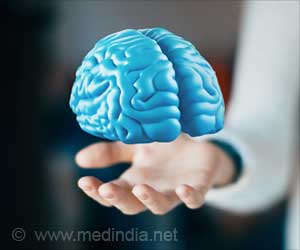Tuberous Sclerosis Complex (TSC) is no exception in this respect, as it has long been described as a chiefly genetic disorder based on data obtained from animal models.
Now, breakthrough research from the Knoblich lab at IMBA – Institute of Molecular Biotechnology of the Austrian Academy of Sciences uses patient-derived cerebral organoid models to pierce the mysteries of this rare neurodevelopmental disease.
“Our findings on the root cause of TSC led us to a progenitor cell-type specific to the human brain. This explains why the pathology of this disease could not be well established with other laboratory models,” explains IMBA Scientific Director Jürgen Knoblich, co-corresponding author on the publication.
In many affected patients, TSC manifests in the form of severe epilepsy and psychiatric symptoms like autism and learning difficulties. Morphologically, TSC is characterized by well-described signs often found in the brains of patients.
Among those are benign tumors present in a defined area of the brain, as well as lesions in the brain cortex, or “cerebral mantle”, called “tubers”. For a long time, both morphological aberrations have been attributed to a genetic cause.
However, results from the analysis of patient samples diverged from the prevalent theory, mainly with regards to tubers.
For the study, researchers grew brain organoids from several affected patients, a method that allows investigating molecular and cellular mechanisms that existed in the patients’ brains at some point during development.
“With this approach, we found that, like in the patients’ brains, the organoids grew tumors and had disorganized areas that resembled patient tubers,” explains Oliver Eichmüller, the first author of the study.
However, recapitulating the pathophysiology of a disease is only the first step towards designating the culprit. By digging further into the causes, they found that both of these abnormalities were triggered by the excessive proliferation of a cell type-specific to the human brain.
These cells were termed Caudal Late Interneuron Progenitors or CLIP cells. They are cells found during the developmental stage of human brains but not in animals like mice.
The scientists draw parallels to other neurodevelopmental and neuropsychiatric diseases, but also malignant diseases affecting human brains, speculating that these could also be caused by human-specific developmental processes.
Having made headlines worldwide in 2013 for establishing human brain organoids at IMBA, researchers already adapted this revolutionary technology to studying hidden processes of human brain development, as well as several diseases affecting the human brain.
With the current findings, the team is now able to shed light on one of the shady slopes of neuroscience and medicine.
Source: Medindia



